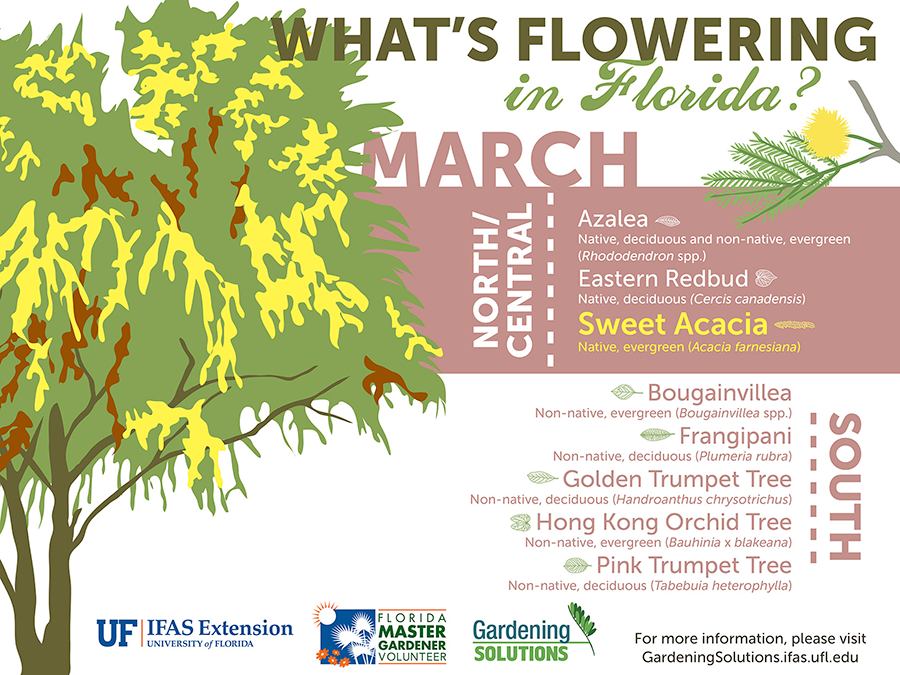Guarding Your Landscape: Replanting After Tree Removal
Guarding Your Landscape: Replanting After Tree Removal
Blog Article
Developed By-Bang Gravesen
Tree elimination can leave a space in your landscape that requires filling. You can plant something new in that room, however it takes extra care and interest at the starting to help it grow.
The dirt in that location will maintain changing gradually as microbes break down the old origins. That can influence the nutrition equilibrium and physical room for new growth.
Soil
The soil in a story where a tree has been removed is likely to be extremely different from the rest of your yard or yard. The origins of the old tree and the stump will have changed the soil, getting rid of some nutrients and perhaps crowding out other plants. Additionally, if the previous tree was unhealthy, the infectious agent may still remain in the ground.
The visibility of roots promotes an abundant and diverse neighborhood of dirt bacteria that improves important processes like nutrition cycling and organic matter decomposition. Without these microorganisms, the displaced dirt can come to be less productive and nutrient-depleted, with an adverse effect on plant development.
Before replanting, arborist report ought to be removed of debris and organic material (such as timber chips from stump grinding). You may desire to mix in potting dirt or native dirt with this compost to supply your new growing with an atmosphere that is well balanced and packed with nutrients.
Water
Tree origins soak up large quantities of water from the soil. This procedure additionally adds nutrients back to the soil, specifically nitrogen, which is crucial for new trees and plants. Regrettably, old dirt can be depleted of these crucial minerals due to the decaying roots and stump from a removed tree.
This is why it is necessary to have a prepare for the future of your landscape. Ideally, the most effective time to plant is when you have a fresh start.
Whether you're growing yard or blossoms, make sure to utilize a soaker tube to stay clear of overwatering your new landscaping. If the location was a garden, ensure to cover the dirt with natural compost to help maintain dampness in the dirt, manage soil temperature levels and reduce weeds. This also provides a layer of defense for young plants and advertises worm activity. After that, regularly renew the compost to proceed enhancing the soil nutrient density and microbial life. This is known as soil repair.
Light
Trees are a terrific addition to any type of landscape, supplying color, aesthetic pulchritude, and several various other benefits. Nonetheless, often trees become unattractive because of a range of reasons, including illness, bug invasions and all-natural aging.
In such instances, it may be essential to eliminate a tree. It is essential to consider the worth of a particular tree in your landscaping and take the appropriate actions to make sure that the elimination is done securely and effectively.
During source web page , it's an ideal time to execute maintenance and assessments on existing trees. Look for signs of condition, insect problems, or architectural damages, as well as any potential dangers such as damaged or leaning trees.
Before starting any type of building jobs, make sure to secure the origin zones of existing trees by preventing dirt compaction and grading around them. Raw material, as it breaks down, can generate toxic gases that are damaging to the roots of a tree. It's likewise a great idea to mulch the area around a tree after building and construction has actually ended up to save dampness and suppress weed growth.
Temperature level
Trees are essential to a landscape for their visual charm, but they also play an essential function in the regional environment by giving shade and windbreaks. They support wildlife habitats and decrease the quantity of carbon dioxide airborne, which can contribute to worldwide warming. This is why it is a good idea to replant trees after removing one from the home.
When replanting a new tree in the location of a previous stump, the soil may not have enough nutrients to sustain it. It is best to wait on a year before planting to ensure that the dirt will be rich in nutrients.
To make certain that replanted trees grow, it is essential to supply them with proper treatment. A layer of mulch will certainly keep dirt moisture from evaporating, manage soil temperature, and help subdue weeds. Organic compost is the favored choice because it enhances soil fertility. Continuous fertilization and pest control are also vital for replanted trees.